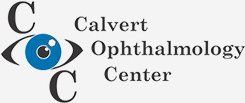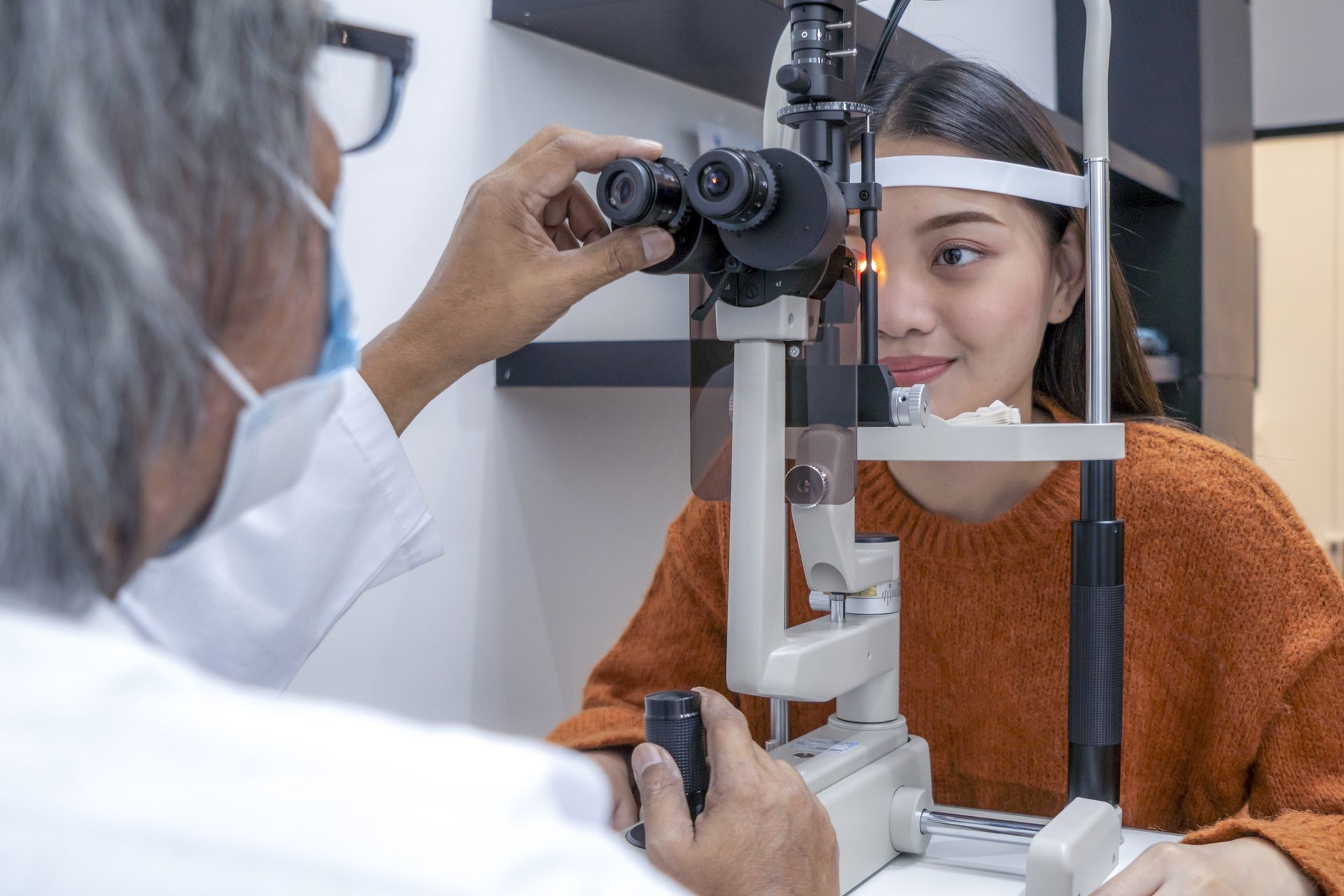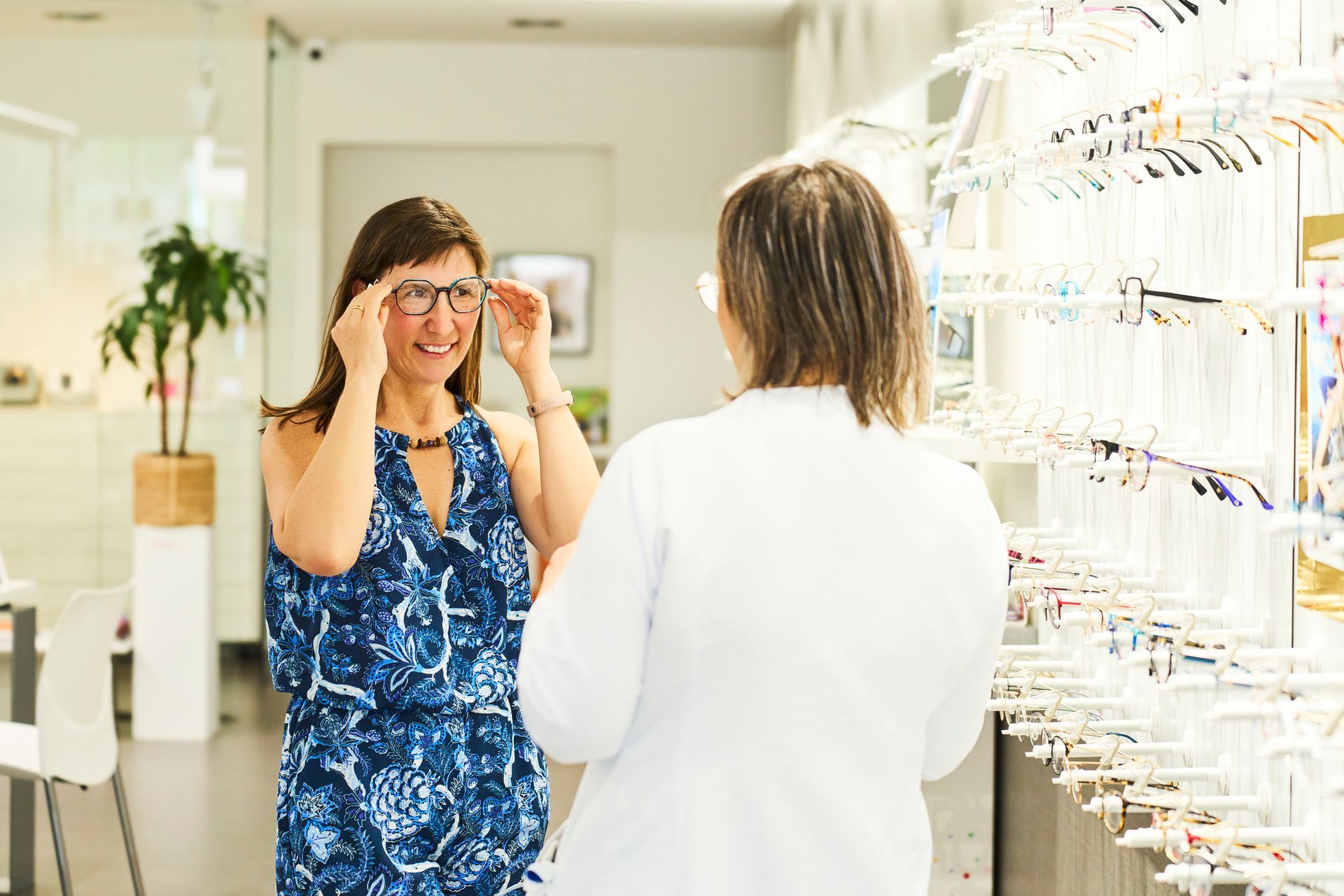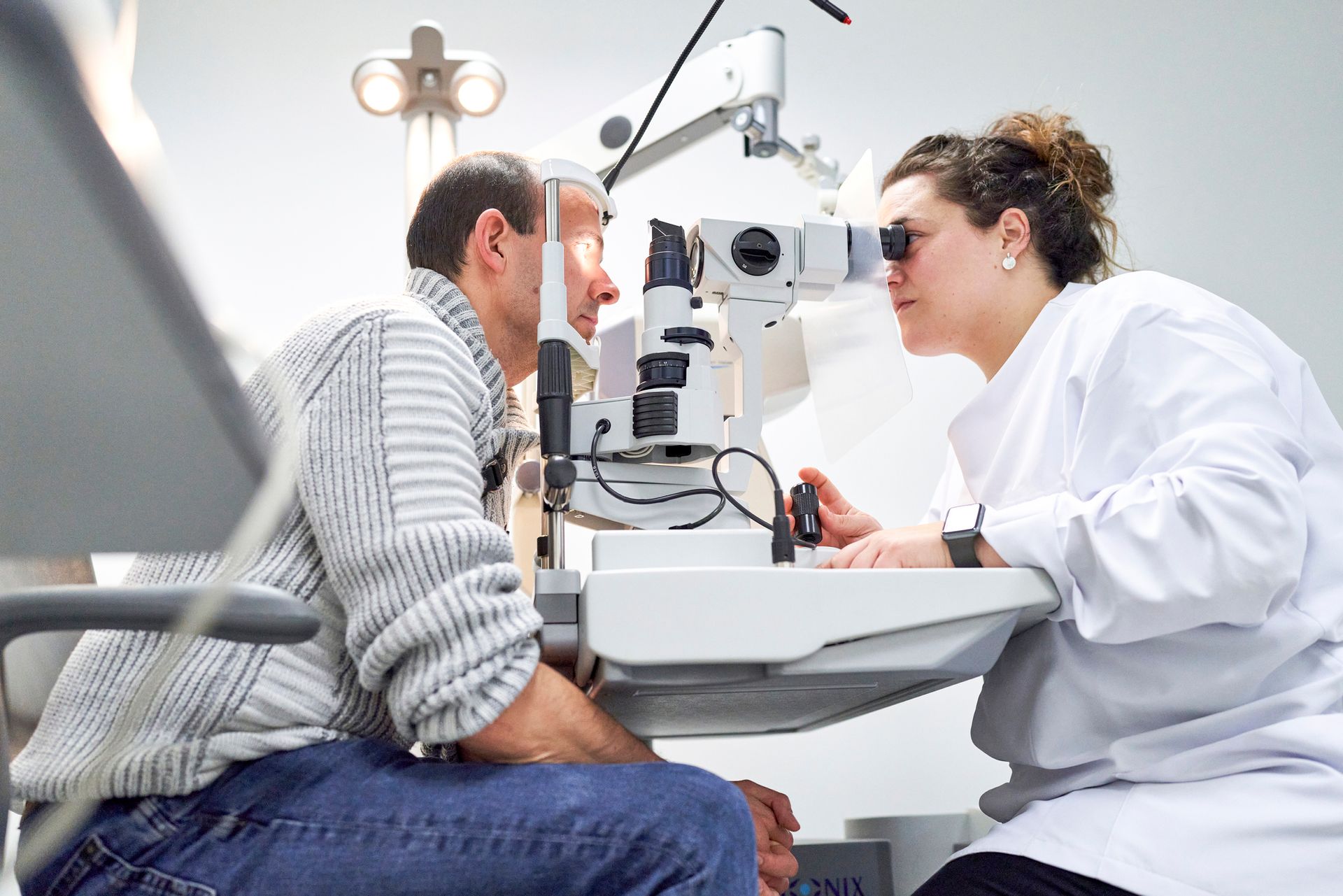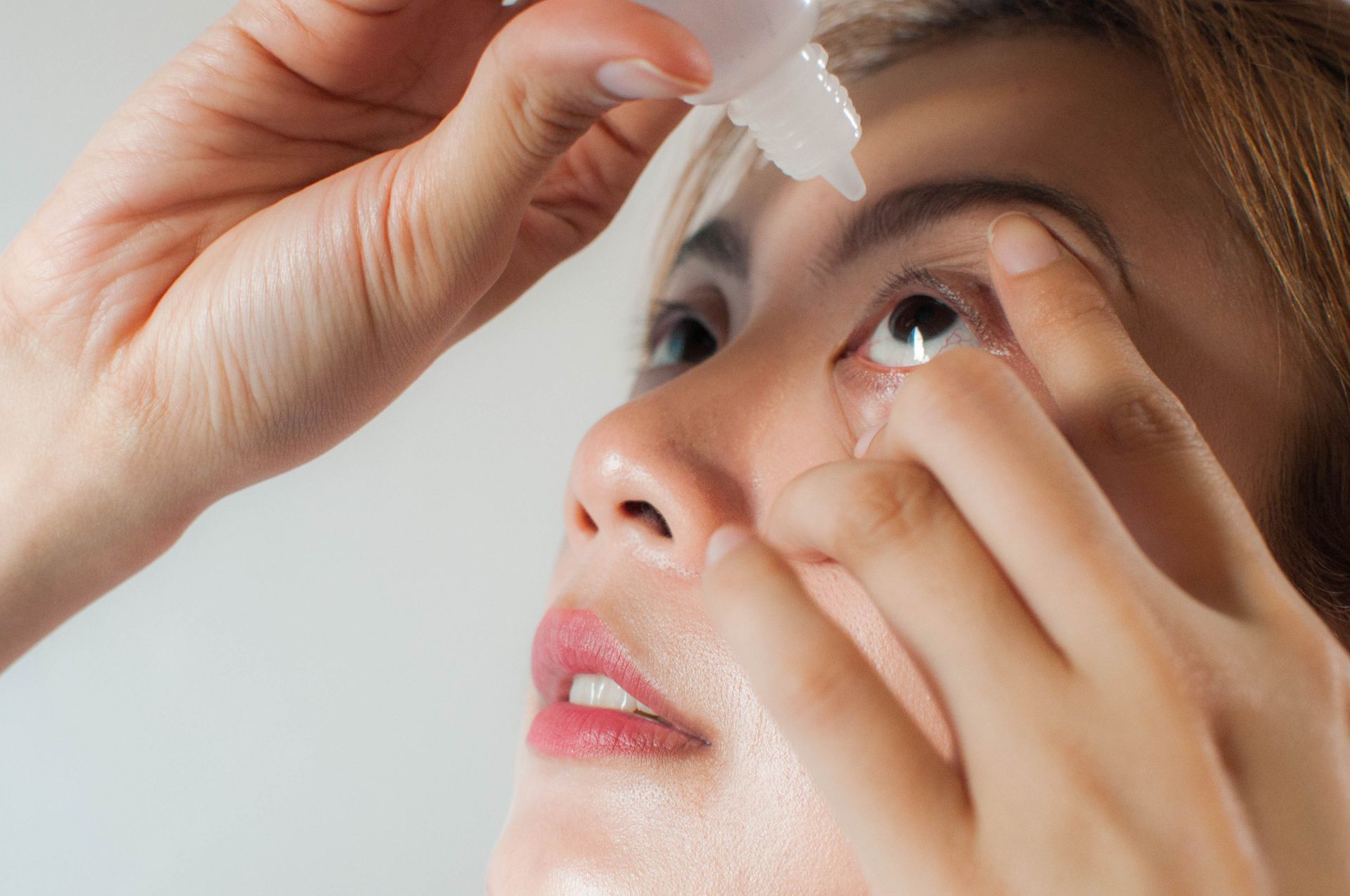Facts About UV Ray Eye Damage That May Surprise You

UV rays from the sun can cause a variety of eye problems, such as temporary vision loss or worsened macular degeneration. Unfortunately, many people poorly understand many little-known facts about this exposure and may not take the proper precautions when outside in the sun.
Snow Blindness Can Happen in Summer
Snow blindness is a colloquial term for a condition known as corneal sunburn. This issue occurs when your eyes experience extended exposure to UV-B rays as they bounce off a solid surface. Typically, this problem occurs during the winter because snow reflects up to 80 percentof these rays back into the air. However, sunbathers may also develop this issue during the summer.
For example, the broad expanse of the average beach, as well as the waters of a lake, pond, or ocean, may reflect a large number of UV rays towards your eyes and cause a corneal sunburn. Corneal sunburn is very painful and may cause temporary blindness, so wear eye protection whenever you go to the beach or ski.
Clouds May Worsen UV Ray Exposure
You may think that UV exposure would be highest during very sunny days. However, this perception is incorrect because of the reflective quality of clouds. On an overcast day, UV rays will bounce off the ground and then back down off the clouds.
While many UV rays will pass through clouds, this extra bounce causes another reflection of the sun's rays off the ground. As a result, your eyes can experience a higher concentration of UV rays on cloudy days than they do on sunny days. This danger likely increases if you are near a beach or a field of snow.
UV Ray Exposure Is Highest in the Morning and Afternoon
The time of the highest UV ray exposure is another common misconception. Many people assume that their exposure will be highest during noon, as UV rays are 10 times higherduring this period than three hours before or after. However, the shape of your eyes — which includes your brow ridge — naturally protects you from UV rays during this time of the day.
Instead, the morning and mid-afternoon — when the sun is at an angle — exposes your eyes to more UV rays. A similar contrary situation relates to seasonal UV exposure. Though the sun is higher in the sky and more present during the day in the summer, UV ray exposure is higher in fall, winter, and spring because the sun is at an angle.
Children Have a Higher Risk of Damage
Although both adults and children can experience eye damage from UV rays, children are, unfortunately, at a higher risk. Many reasons exist for this increased risk. First, a child's eyes are less developed and mature than those of an adult. As a result, a child's eyes do not have the same level of protection that an adult's eyes possess.
Secondly, children may be more prone to risky or dangerous behavior than adults, such as looking at the sun without sunglasses. So make sure to use wide-brim hats, sunscreen under the eyes, and sunglasses to protect your child when they are out in the sun. Also, schedule regular visits to an eye doctor to protect your child even further.
Eye Doctors Provide Care Options
If you are concerned about excessive UV ray exposure and eye damage, please don't hesitate to contact us at Calvert Ophthalmology Centerright away to get the help that you need or to ask us any questions you may have. Our professionals will take the time to understand your problems fully and will come up with a treatment and care solution that meets your needs.
